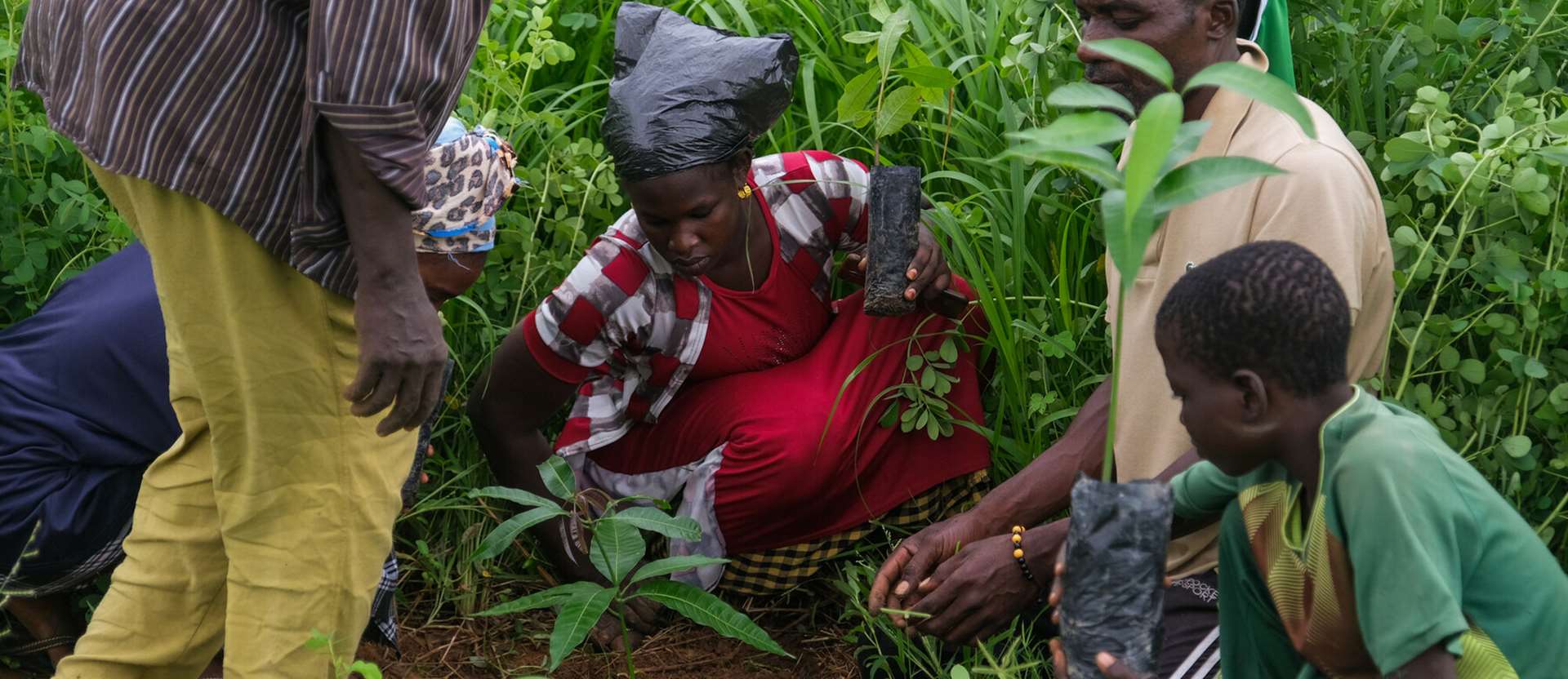
Communities first: A people-focused path to net-zero
With growing global CO2 levels and companies focused on reducing emissions at speed, how do we ensure that tree planting continues to be about much more than carbon?
At Tree Aid, we have always recognised the multitude of benefits that trees provide - from stabilising soils, to providing nutritious foods, to supporting community conservation.
However, in an era where tree planting appears daily in our Twitter feeds, the role of trees in carbon capture is at risk of being simultaneously over-simplified and under-valued.
When it comes to carbon capture, man-made solutions have a rightful place, but trees remain one of the most viable and scale-able “nature-based solutions” for tackling the climate crisis. Trees are a solution to the interconnected crises of climate, nature, poverty and health; all of which require our urgent attention.
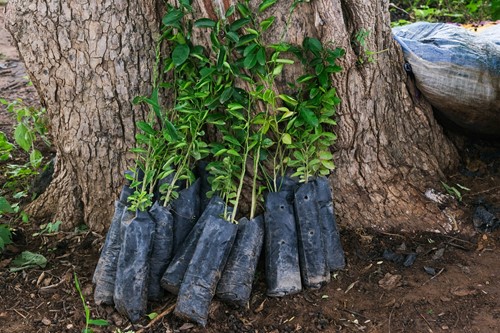
Humanity needs every tool available, working at full speed, to hope to keep global warming below 1.5 °C in line with the goals of the Paris Agreement. The voluntary carbon market is one such tool to accelerate this transition to a safer future, by channelling investment towards limiting global temperature rise.

Turning back the carbon clock
It is almost universally recognised that polluting nations must significantly reduce their carbon emissions - an effective and coordinated course towards this decarbonisation lies in the hands of world leaders. However, the climate crisis is a huge and complex issue; working to grow trees, with partners from all sectors can also be a major part of the solution.
We need to find viable ways to ‘sequester’ what has already been emitted – a process sometimes referred to as carbon offsetting. Carbon offsets can play an important role in mitigating the effects of global climate change by reducing carbon emissions beyond what’s achievable through individual actions.
Nature-based solutions are not without their criticisms - and for good reason - but done right, tree planting initiatives can stimulate sustainable, pro-poor and pro-ecosystem economies in developing nations. At the same time, they provide an affordable means for companies and governments to take action without international agreements in place.
Image: The impacts of the climate crisis - degraded land in Ghana's Bongo district
Offsetting - carbon cure or carbon crime?
The carbon offsetting debate is a polarised one. Those against it claim that carbon projects are a greenwashing ploy from the very industries to blame for the climate crisis. Further still, that the practice of offsetting allows rich individuals to justify their high-carbon lifestyles without changing their ways.
The strongest criticisms of carbon offsetting claim that overseas carbon projects simply defer the problems onto developing countries - failing to sequester the carbon needed, robbing communities of their rights and access to land, and planting non-biodiverse monocultures, unsuited to local landscapes.
All of the above critiques hold merit – a quick google of “carbon offsetting controversies” will give you a sense of the how the system has been abused for greenwashing purposes.
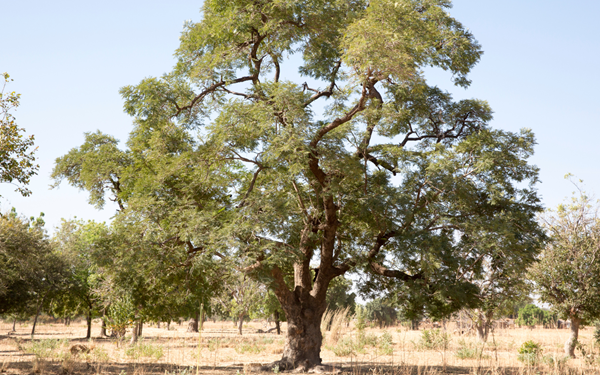
Yet not all carbon offsetting approaches are created equal...
When managed correctly, however, offsetting can be a powerful tool to stimulate the investment levels required for land and ecosystem restoration at a significant scale. Proponents of the schemes believe that public funding alone is not enough to tackle the climate crisis, and that carbon offsetting markets are a particularly effective way to harness the financial power of the private sector.
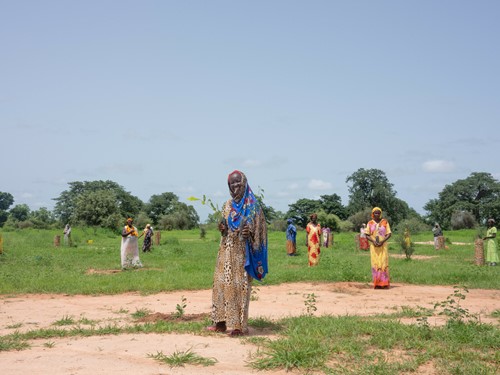
Our view at Tree Aid is that offsetting is not a replacement for robust policy action, nor for rigorous and rapid decarbonisation of a company’s value chain – but, a high-integrity voluntary carbon market is an important tool to assist in these efforts.
‘High-quality carbon offset projects’ have a far greater impact than offsetting emissions alone. By harnessing the power of nature, these projects can provide locally-owned restoration that supports sustainable, diversified and long-term incomes for communities.
Communities first, carbon second
Carbon projects should be chosen not just for the CO2 impacts but for their broader social and environmental benefits. In this equation, carbon sequestration becomes the by-product of biodiverse and inclusive restoration, rather than the end goal of our work.
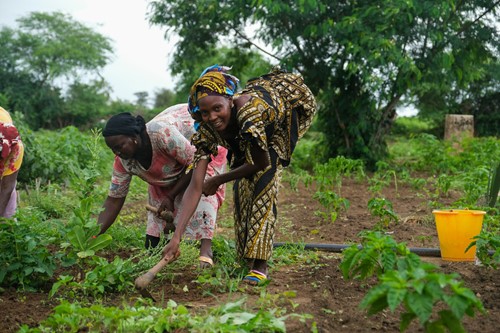
As an organisation that has already grown more than 25 million trees, we have the potential to capture a substantial amount of carbon through our work in Africa’s drylands. Yet our approach to offsetting is done with the same ethos we have always had - that trees grown in the African drylands are primarily for the communities which grow them.
Tree Aid project participants have the power and knowledge to choose what they grow and where, and will enjoy the benefits those trees bring, long into the future.
Breaking new ground:
As the carbon market matures, investors are seeking options which work both for communities and the environment. The tools to measure and prove benefits of ‘quality carbon projects’ have become more exact, while the regulations to oversee offsets are making it easier to cut through the noise.
Working with like-minded investors, we are developing long term and sustainable partnerships, like the Olympic Forest. As ever, communities are at the centre of our approach; choosing how to restore their landscapes. It is vital that they are rewarded not just by the local benefits of that restoration, but by the international investment into carbon markets (and a fair share in that market) too.
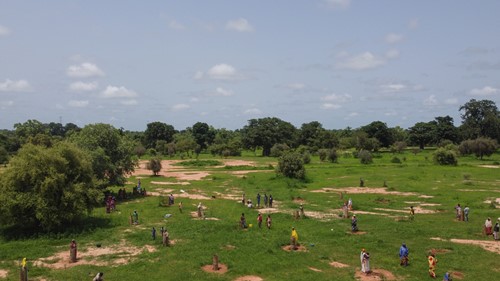
To achieve our vision of reversing deforestation and land degradation in Africa’s drylands, our efforts must match the scale of the challenge at hand. This mission fits within the ever-more critical task of tackling our global climate crisis. Addressing these interconnected crises most effectively, and with the urgency required, requires investment.